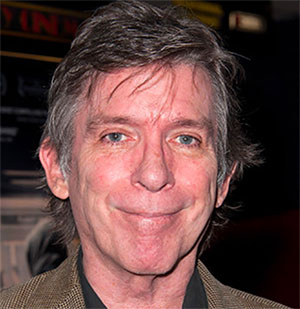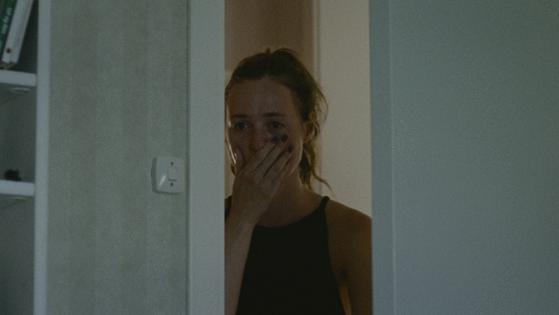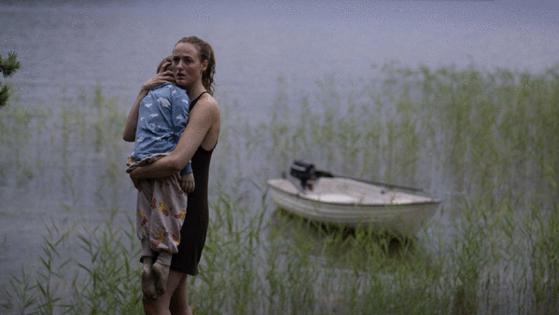Review: 'Handling the Undead' or The End?
Imagine if nobody ever died. Imagine how crowded the world would be. Imagine the decline in the quality of cocktail chat. In Norwegian director Thea Hvistendahl's "Handling the Undead," people do die in traditional ways, but then they come right back, as if not wanting to miss anything. As you'd hope, this creates problems.
The movie in some ways simulates the experience of being dead, so slowly does it move. (I wanted more than once to reach out and check its pulse.) But the director's unhurried pace -- facilitated by shots of lobby doors slowly closing, long pans of cemetery headstones, even an extreme closeup of a tree trunk -- allows us time to absorb the story's melancholy resonance. When the movie's over, you walk away feeling a little bit haunted.
The setting is a flavorless version of present-day Norway, in which we meet three soon-to-be-devastated people. One of them, single mom Anna (Renate Reinsve), lived until recently in a suburban apartment with her little boy, Elias, now dead. Then there's the more metropolitan David (Anders Danielsen Lie), a standup comic with a wife and two kids. The third character is an old woman named Tora (Bente Borsum), whom we first meet in a dark church as she leans over a coffin containing her longtime love, Elisabet (Olga Damani), who has just passed.
In the normal course of things, these people would be uneasily contemplating a strange new life without their loved ones. But nothing normal transpires here. Tora, fresh from bidding eternal farewell to Elisabet, returns home to find her still there and waiting. David, informed by phone that his wife, Eva (Bahar Pars), has died in a car crash, is startled, upon arriving at the hospital, to be told she has come back to life. ("I can't explain it," a doctor says.) And Anna, so deep in grief over little Elias' death that she has attempted suicide, is brought back from the edge when her father walks in carrying the little boy's newly squirming body, which he has just exhumed from its grave.
These repossessed corpses -- brought back for another go-round on life's rich rollercoaster by some vague, electro-fizzle, power-surge thingy -- have a couple of commonalities. Their faces are beginning to rot, first of all, which might hinder conversation if they had any interest in talking, which they mostly don't. More notably, although they technically qualify as zombies, they don't act like zombies -- they're too lethargic and unthreatening. (Well, until rather late in the story.) So what are they -- and the movie -- trying to tell us?
Written by the Hvistendahl and John Ajvide Lindqvist, who scripted the great 2008 Swedish vampire movie "Let the Right One In," this is a film primarily about loss and grief, what Hvistendahl has called "the impossible wish of wanting the past to become the present." It's not a flesh-ripping horror flick -- there are one or two mid-level jolts over the course of the picture's 97 minutes, but the fear merchants at Blumhouse or Atomic Monster would chuckle through both of them. (One of them might get PETA upset, but what doesn't get PETA upset?) The really unsettling thing about this story is that it's our own story, too, waiting to happen.
========
To find out more about Kurt Loder and read features by other Creators writers and cartoonists, visit the Creators website at www.creators.com.
Copyright 2024 Creators Syndicate, Inc.










